Onsite Health & Safety Training Courses
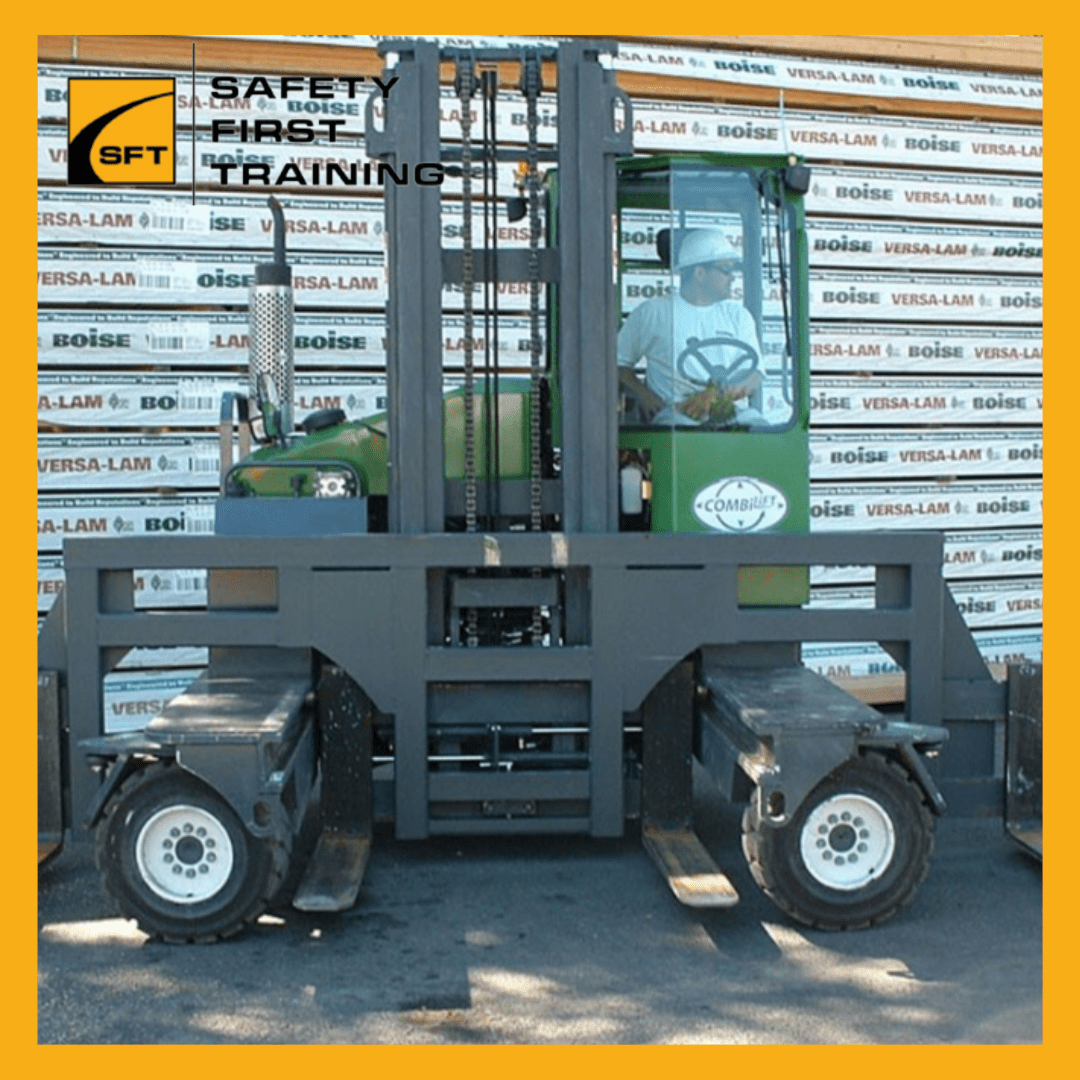
Read more
4 DIRECTIONAL REACH FORKLIFT COMBILIFT TRAINING CERTIFICATION - SAFE OPERATION
Read more
ADVANCED POWER PRESS ENTRAPMENT SAFETY AND RESCUE TRAINING CERTIFICATION
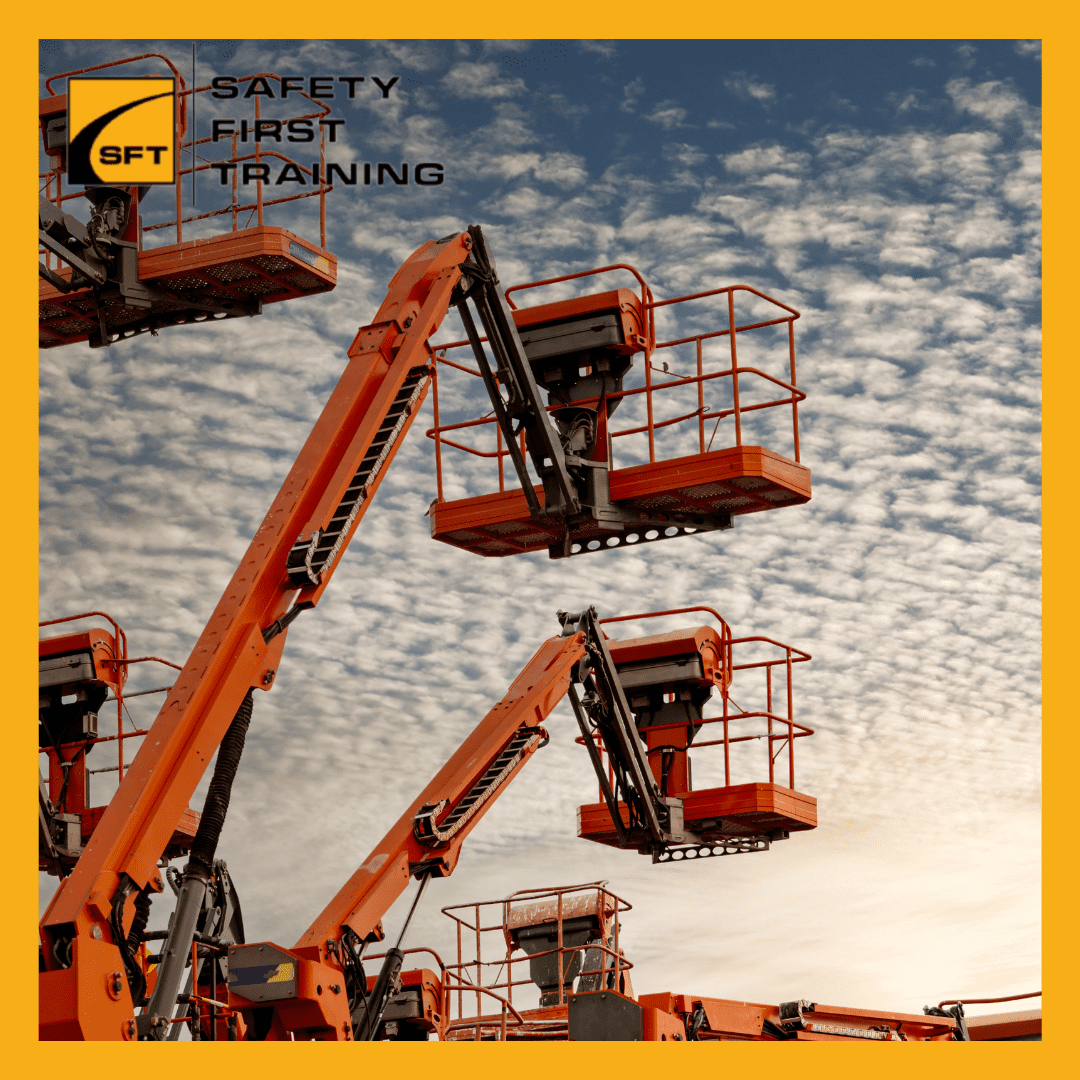
Read more
AERIAL BOOM LIFT (GENIE BOOM) TRAINING CERTIFICATION - SAFE OPERATION
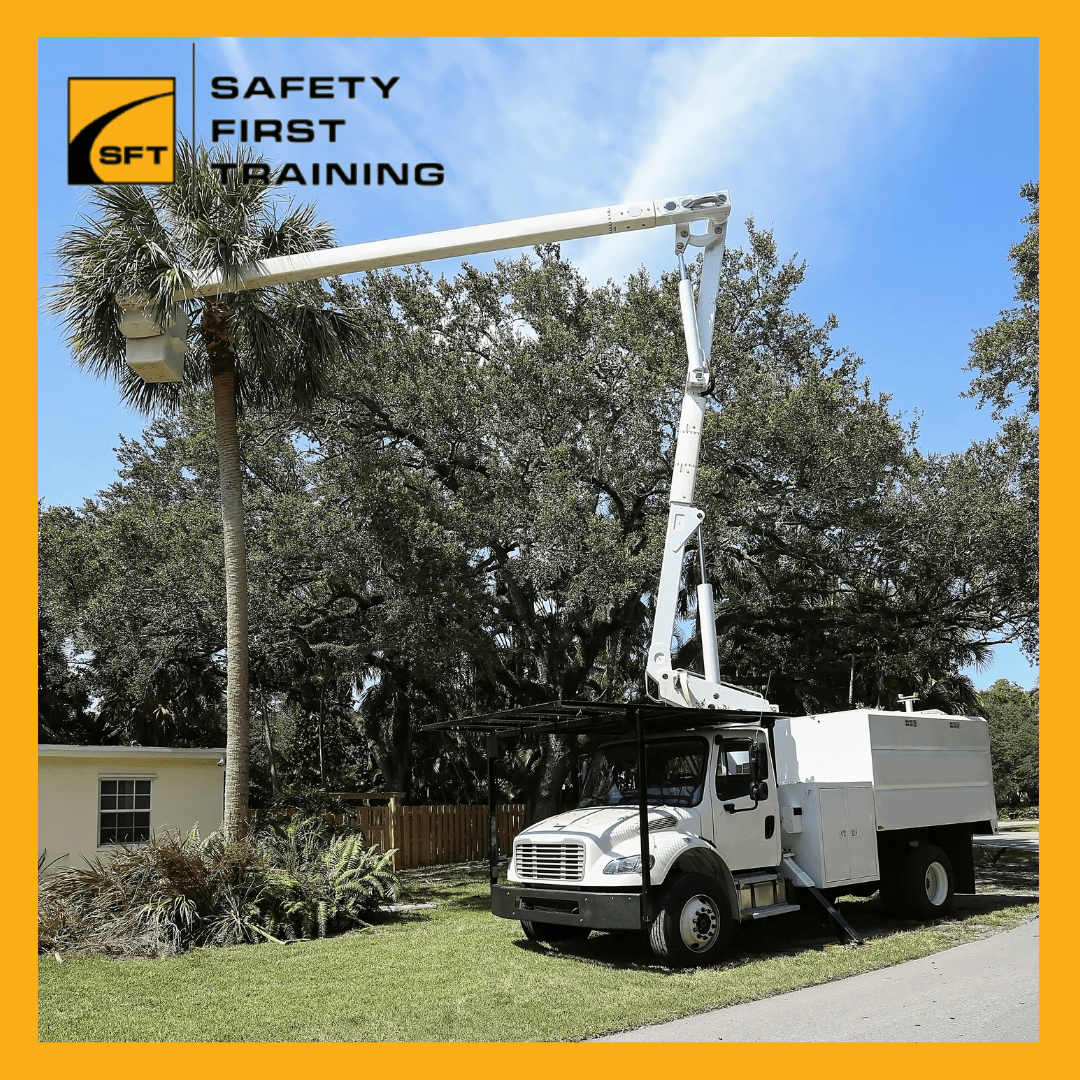
Read more
BUCKET TRUCK AERIAL LIFT TRAINING CERTIFICATION - SAFE OPERATION
Read more
CHAINSAW SAFETY TRAINING CERTIFICATION
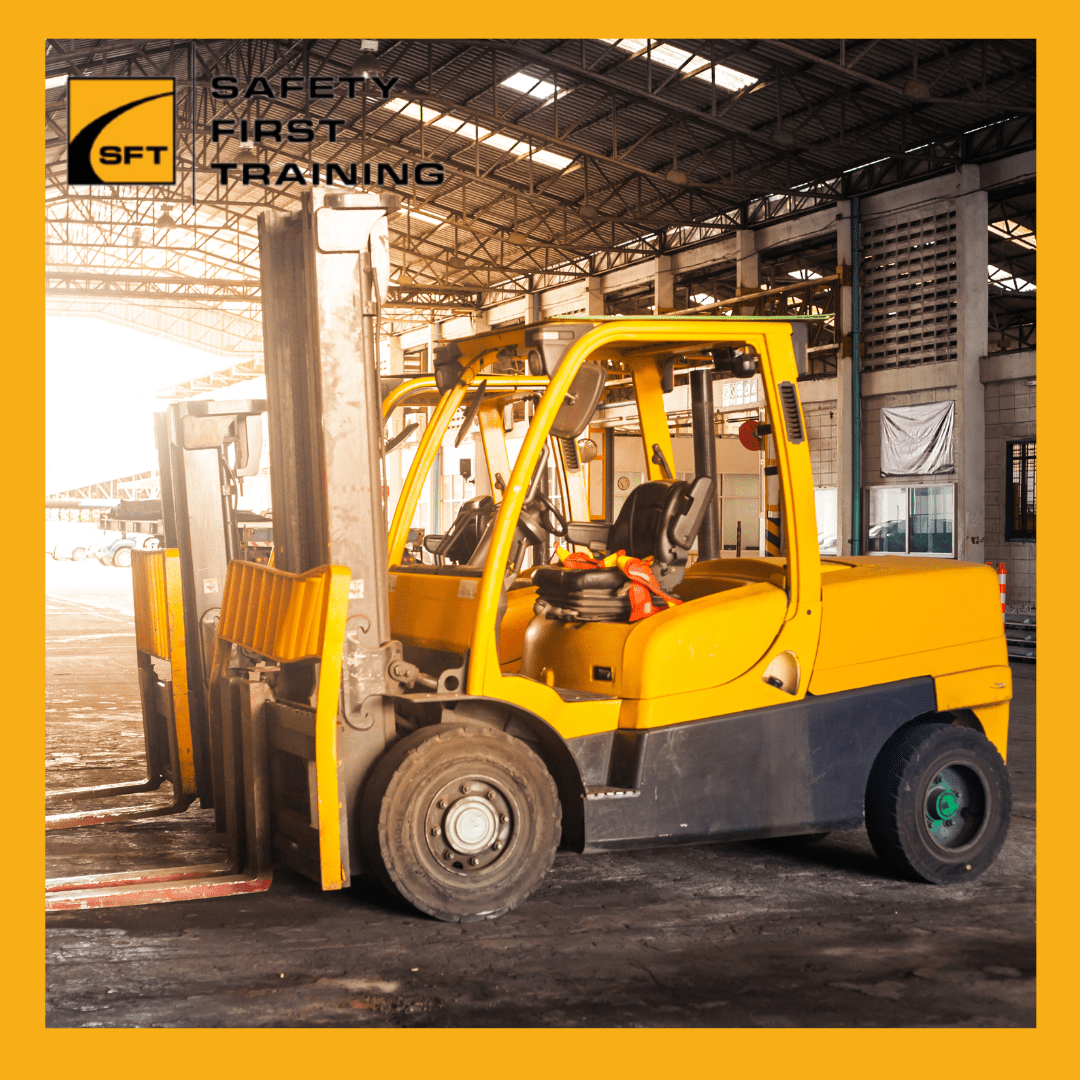
Read more
COUNTERBALANCE FORKLIFT TRAINING CERTIFICATION - SAFE OPERATION
Read more
DOCK STOCKER TRAINING CERTIFICATION - SAFE OPERATION
Read more
ELECTRIC MOTORIZED PALLET JACK TRUCK TRAINING CERTIFICATION - SAFE OPERATION
Read more
ELEVATED WORK PLATFORM SAFETY TRAINING CERTIFICATION - SAFE OPERATION
Read more
HIGH CAPACITY FORKLIFT AKA HEAVY DUY FORKLIFT TRAINING CERTIFICATION - SAFE OPERATION
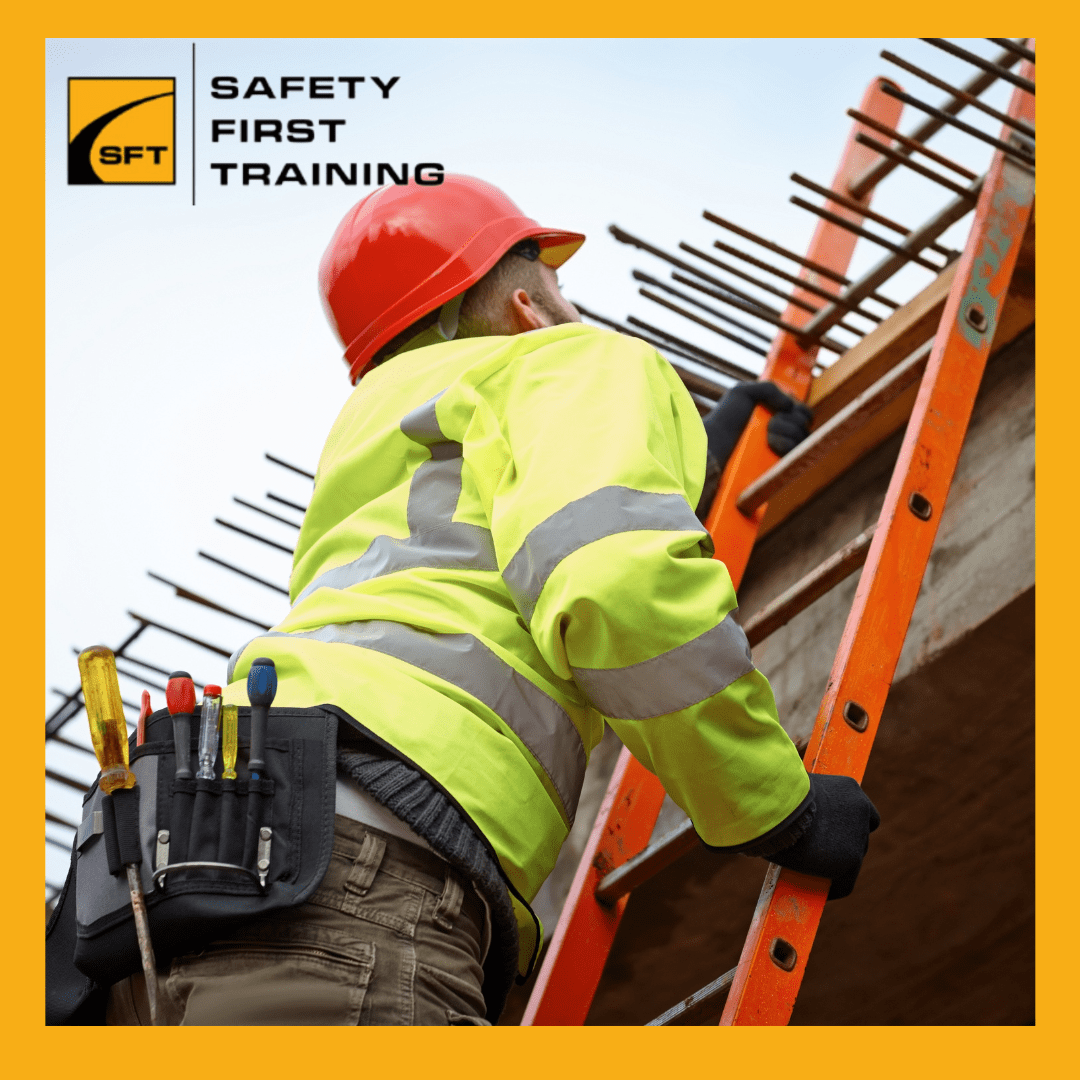
Read more
LADDER SAFETY TRAINING CERTIFICATION
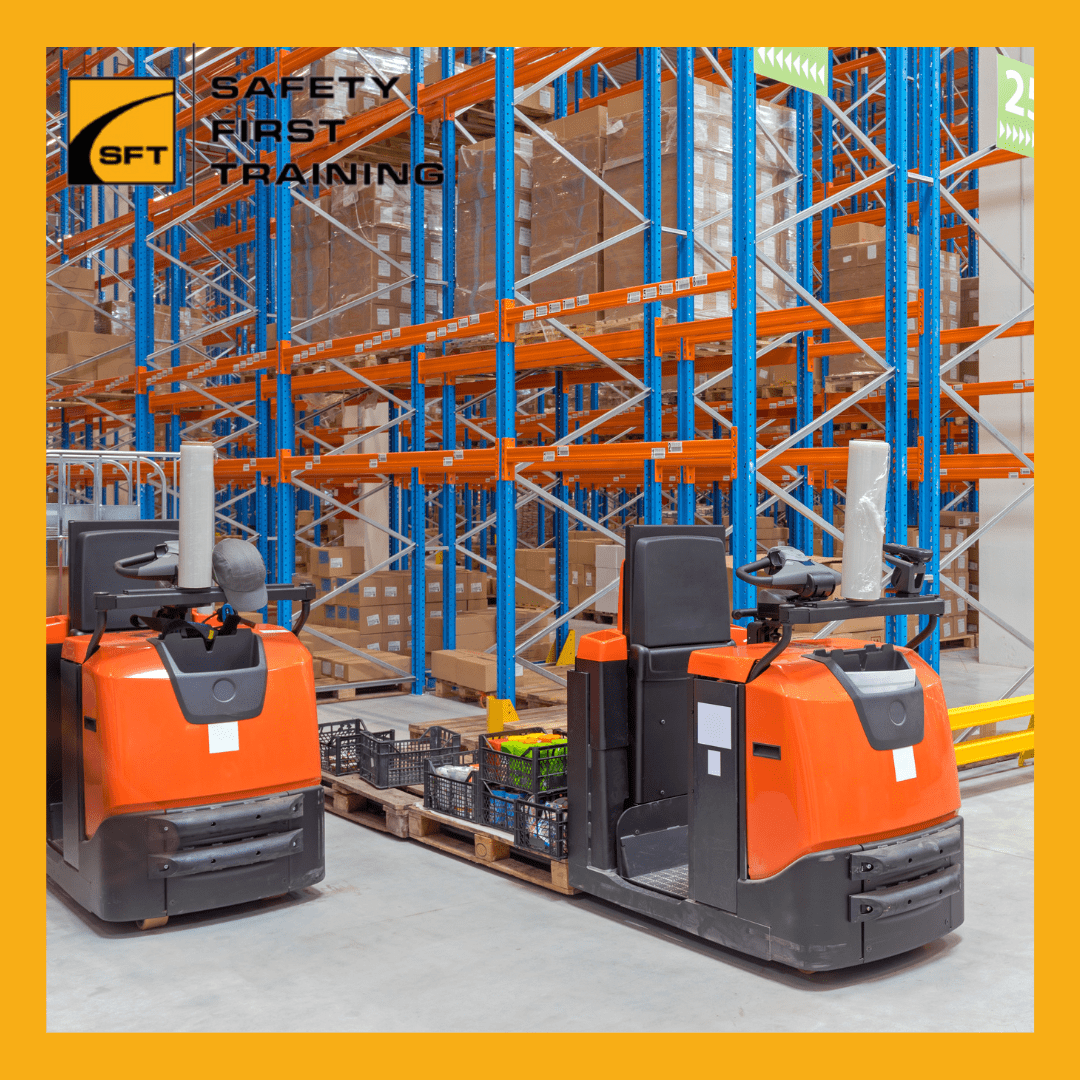
Read more
ORDER PICKER SAFETY TRAINING CERTIFICATION - SAFE OPERATION
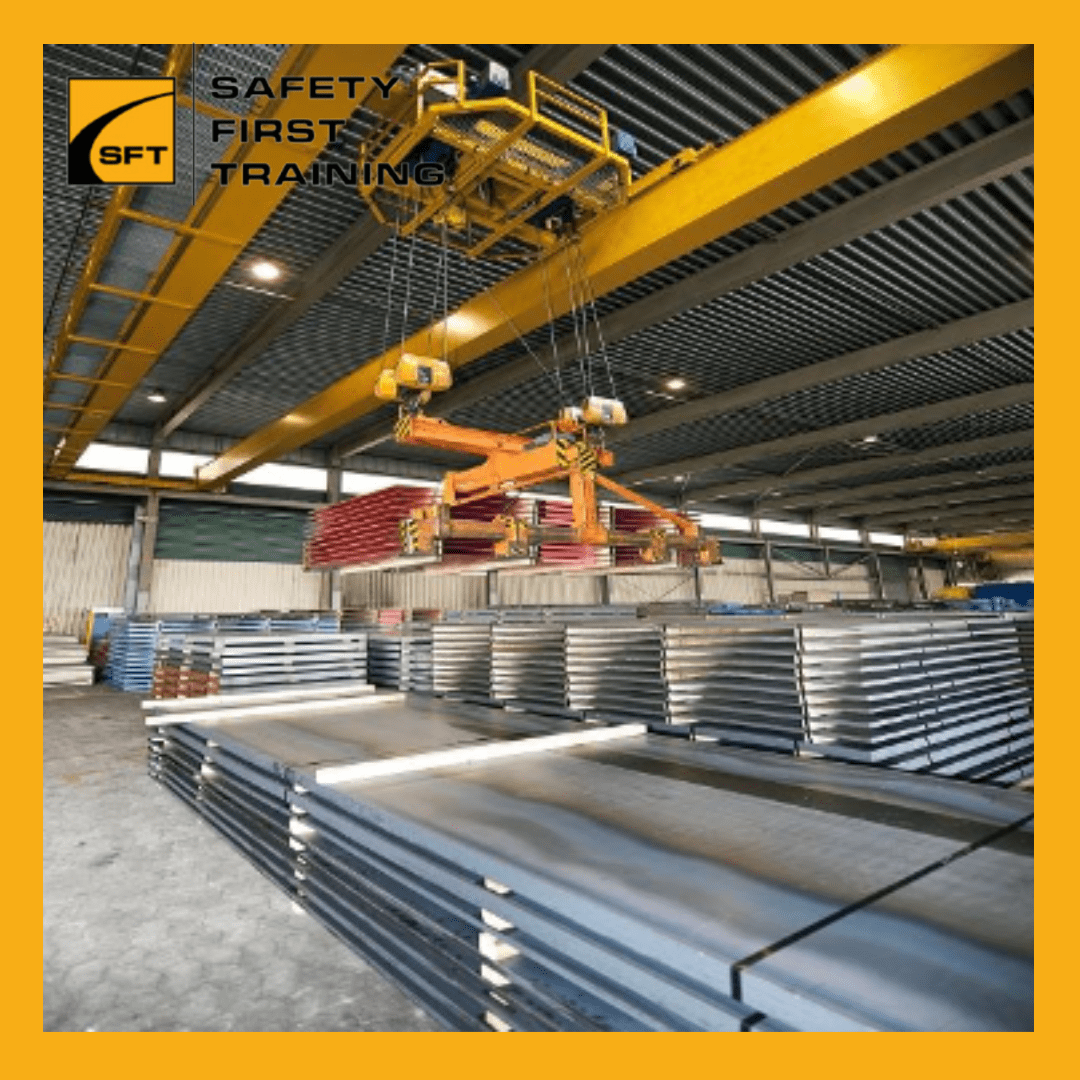
Read more
OVERHEAD CRANE TRAINING AND OPERATOR CERTIFICATION - SAFE OPERATION
Read more
POWER PRESS ENTRAPMENT AND HAZARD SAFETY TRAINING CERTIFICATION
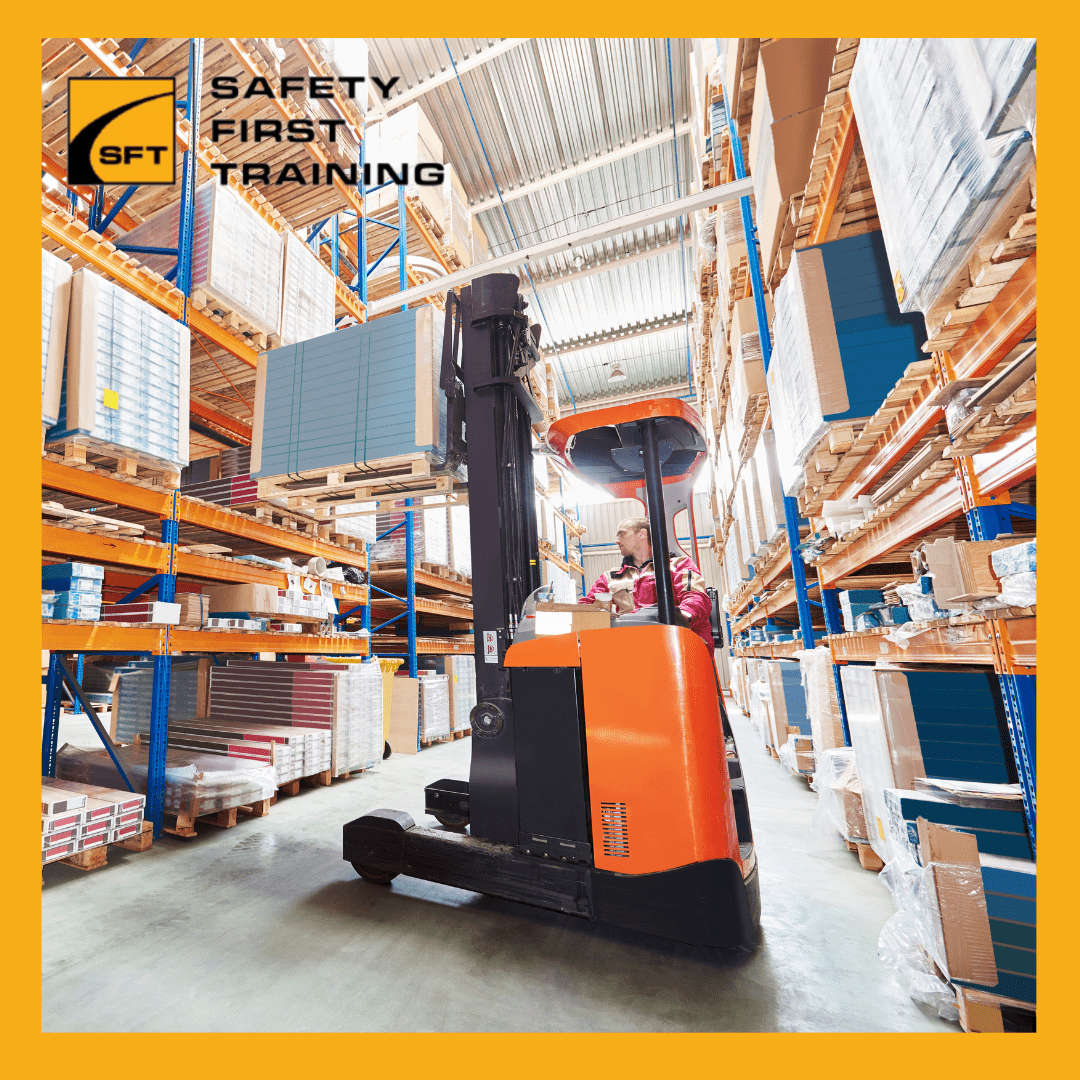
Read more
REACH FORKLIFT OPERATOR TRAINING CERTIFICATION - SAFE OPERATION
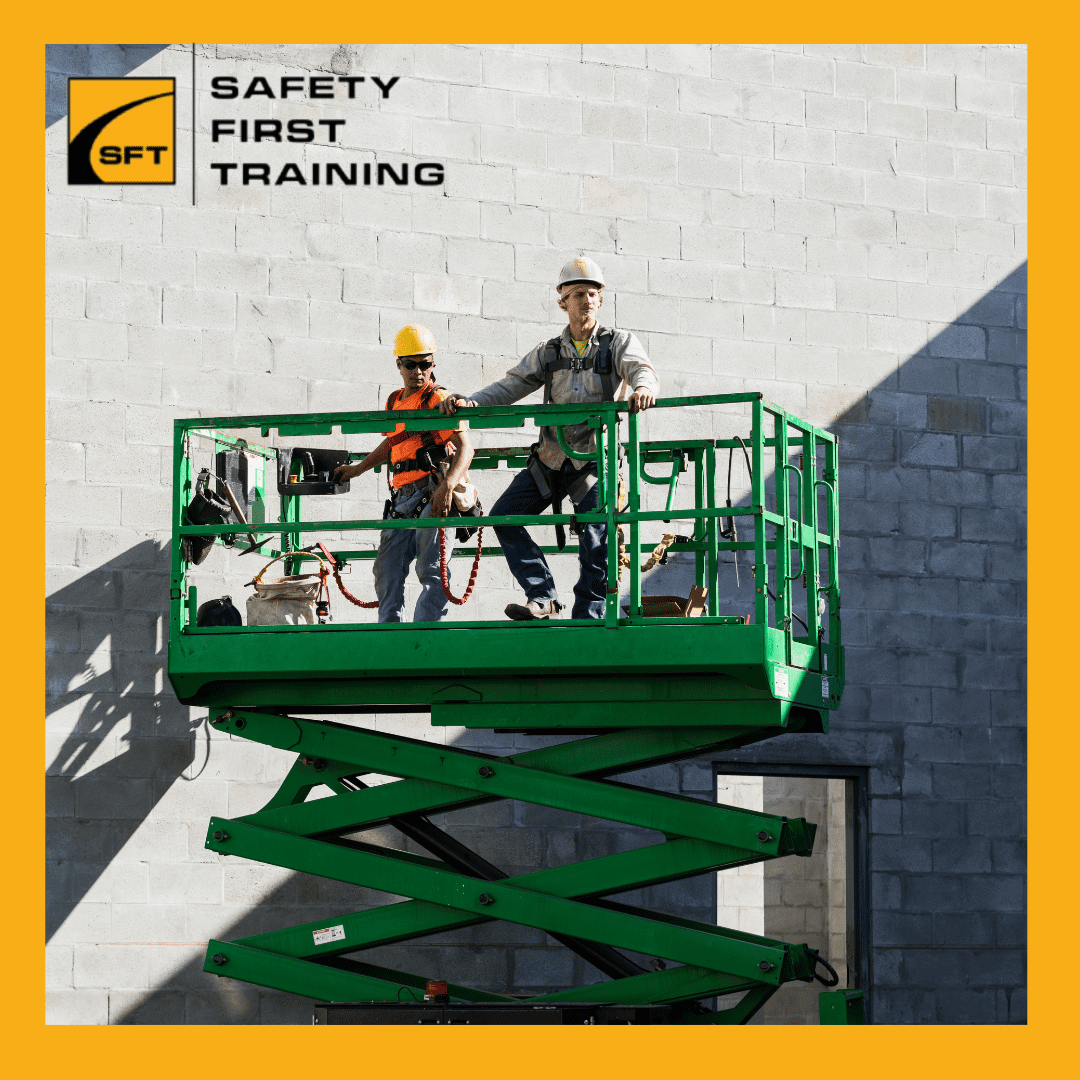
Read more
SCISSOR LIFT AERIAL LIFT TRAINING CERTIFICATION - SAFE OPERATION
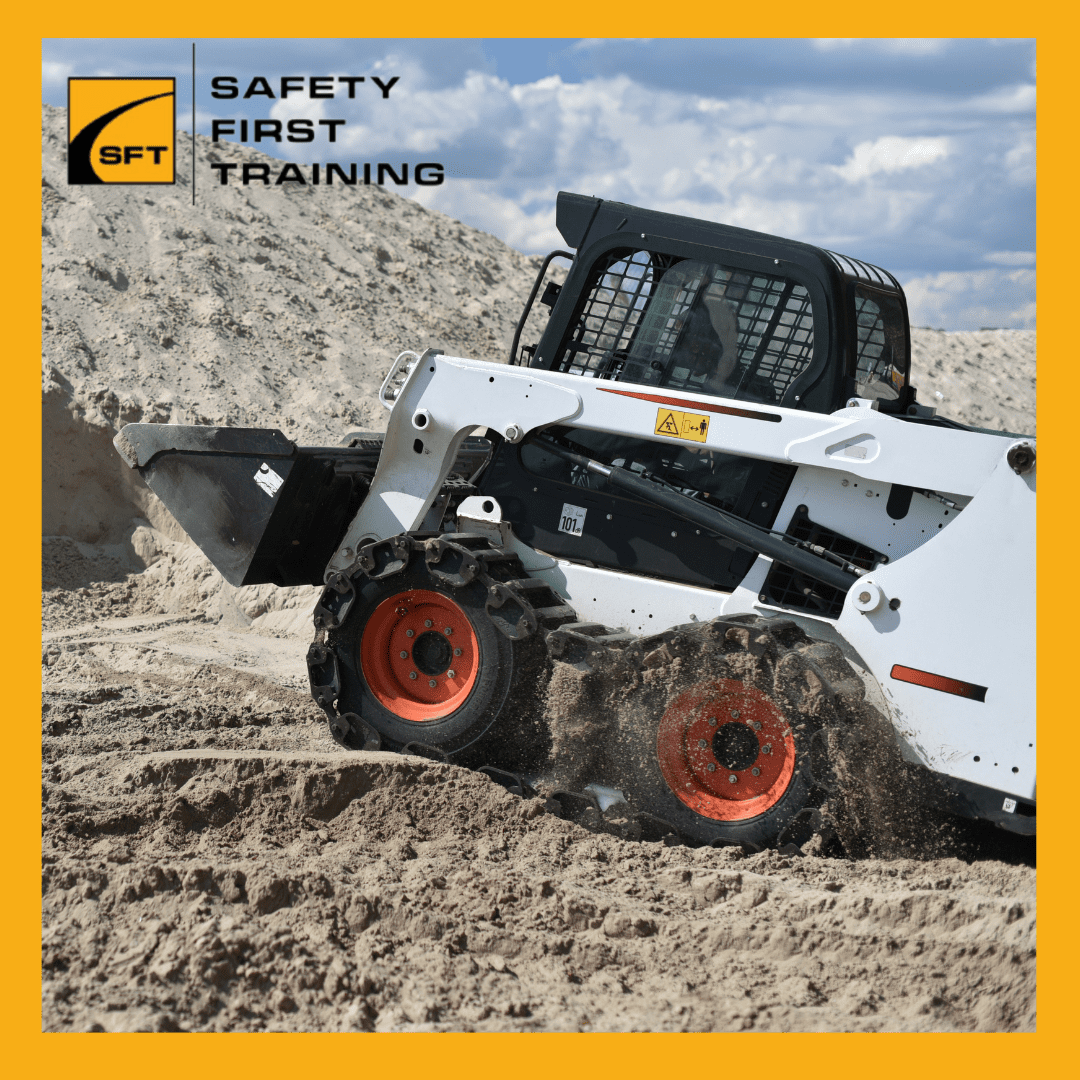
Read more
SKID STEER BOBCAT SAFETY TRAINING CERTIFICATION - SAFE OPERATION
Read more
STAND UP REACH FORKLIFRT TRAININ AND CERTIFICATION
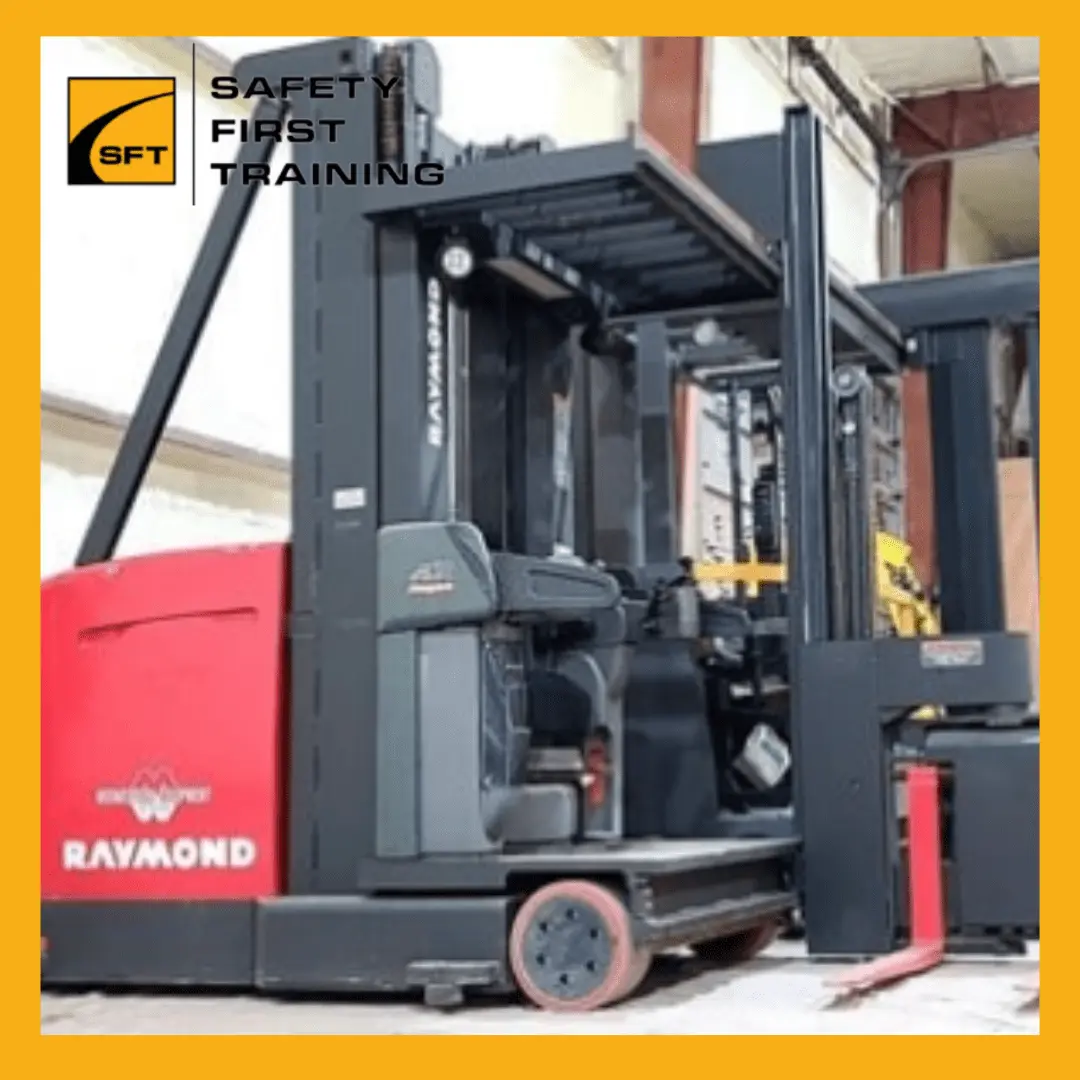
Read more
SWING REACH TURRET TRUCK TRAINING CERTIFICATION - SAFE OPERATION
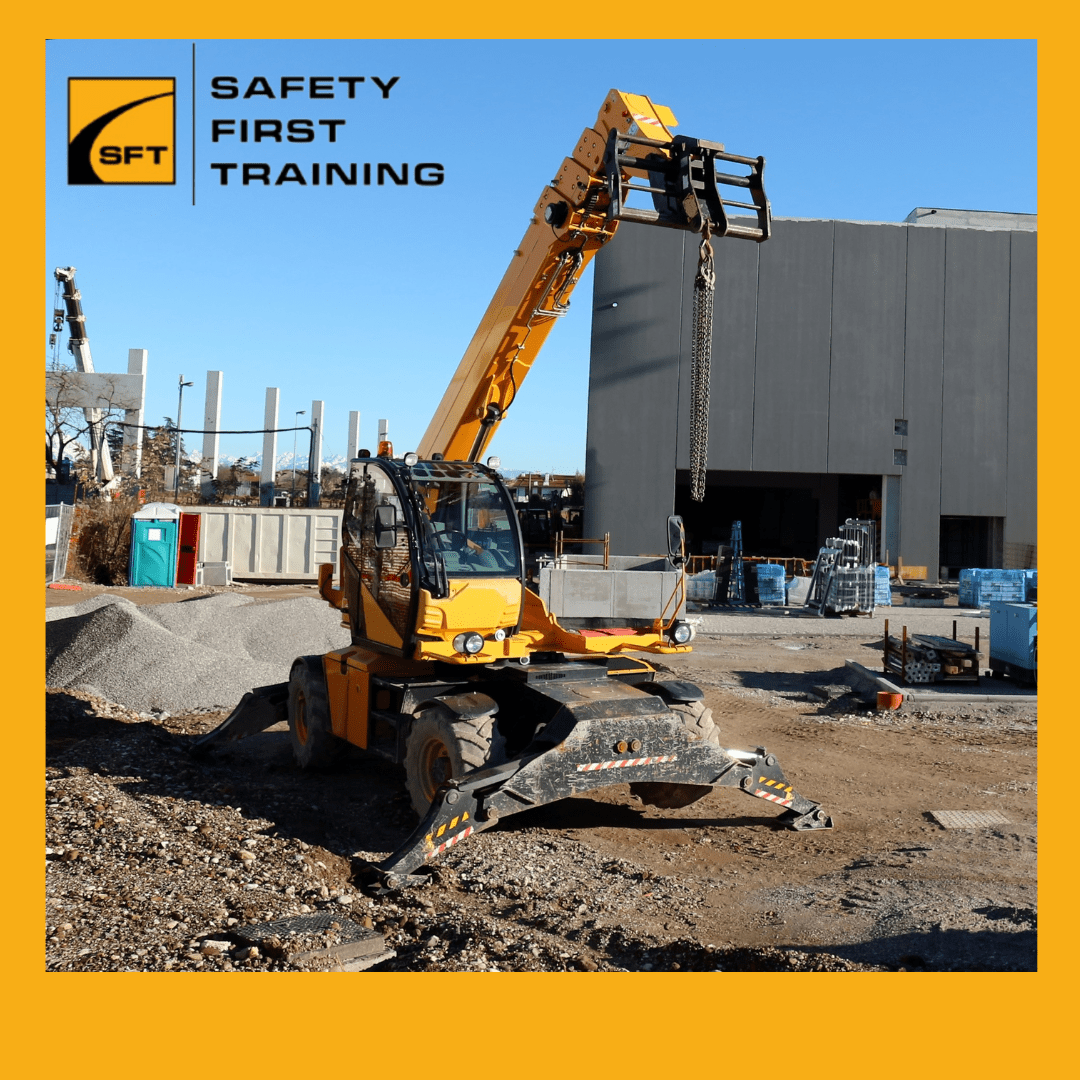
Read more
TELEHANDLER TRAINING CERTIFICATION - SAFE OPERATION
Read more
TRUCK MOUNTED FORKLIFT TRAINING CERTIFICATION - SAFE OPERATION
Read more
TUGGER TRAINING CERTIFICATION
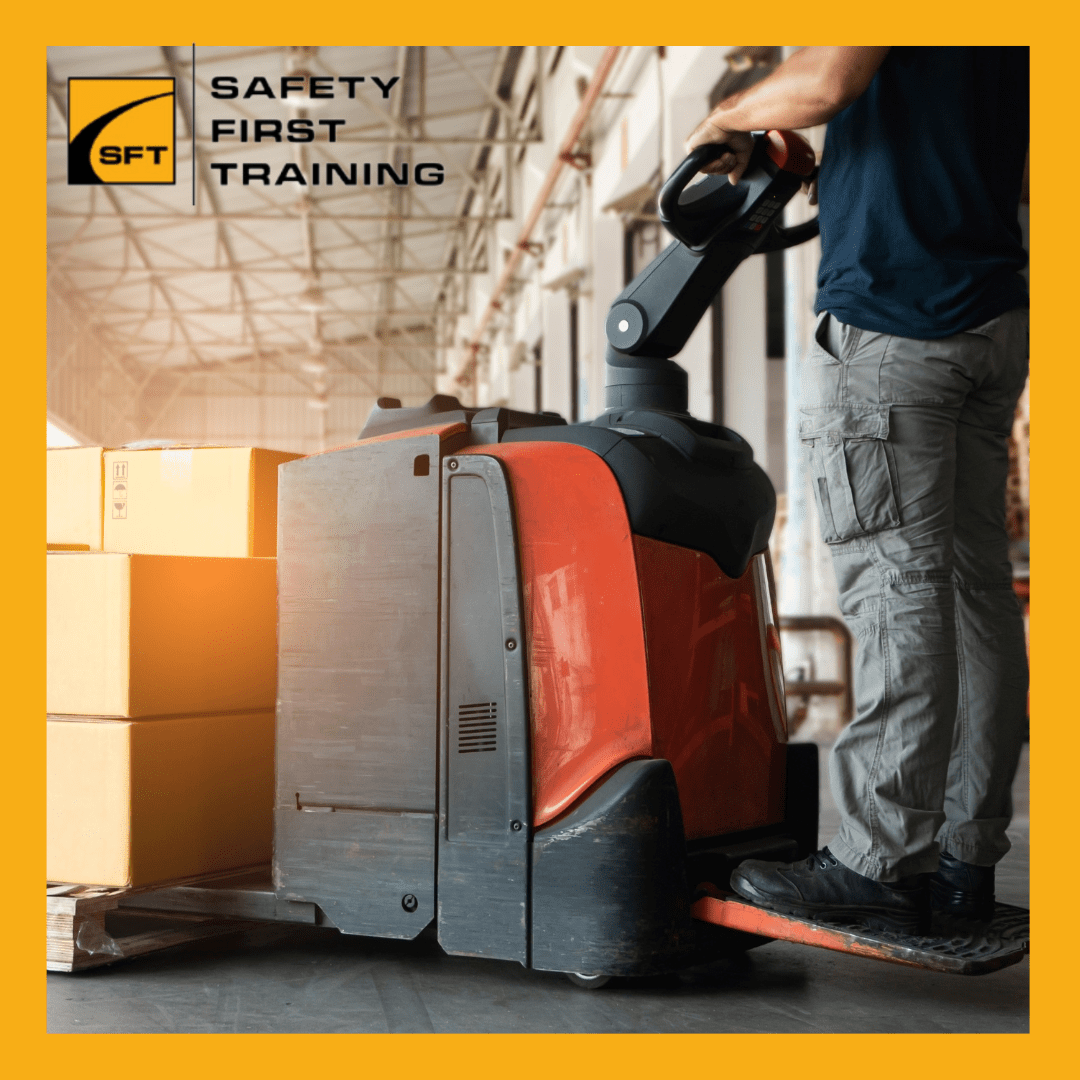
Read more
WALKIE RIDER PALLET JACK TRAINING CERTIFICATION - SAFE OPERATION
Read more
WORKING AT HEIGHTS FULL TRAINING - CPO WAH TRAINING APPROVED
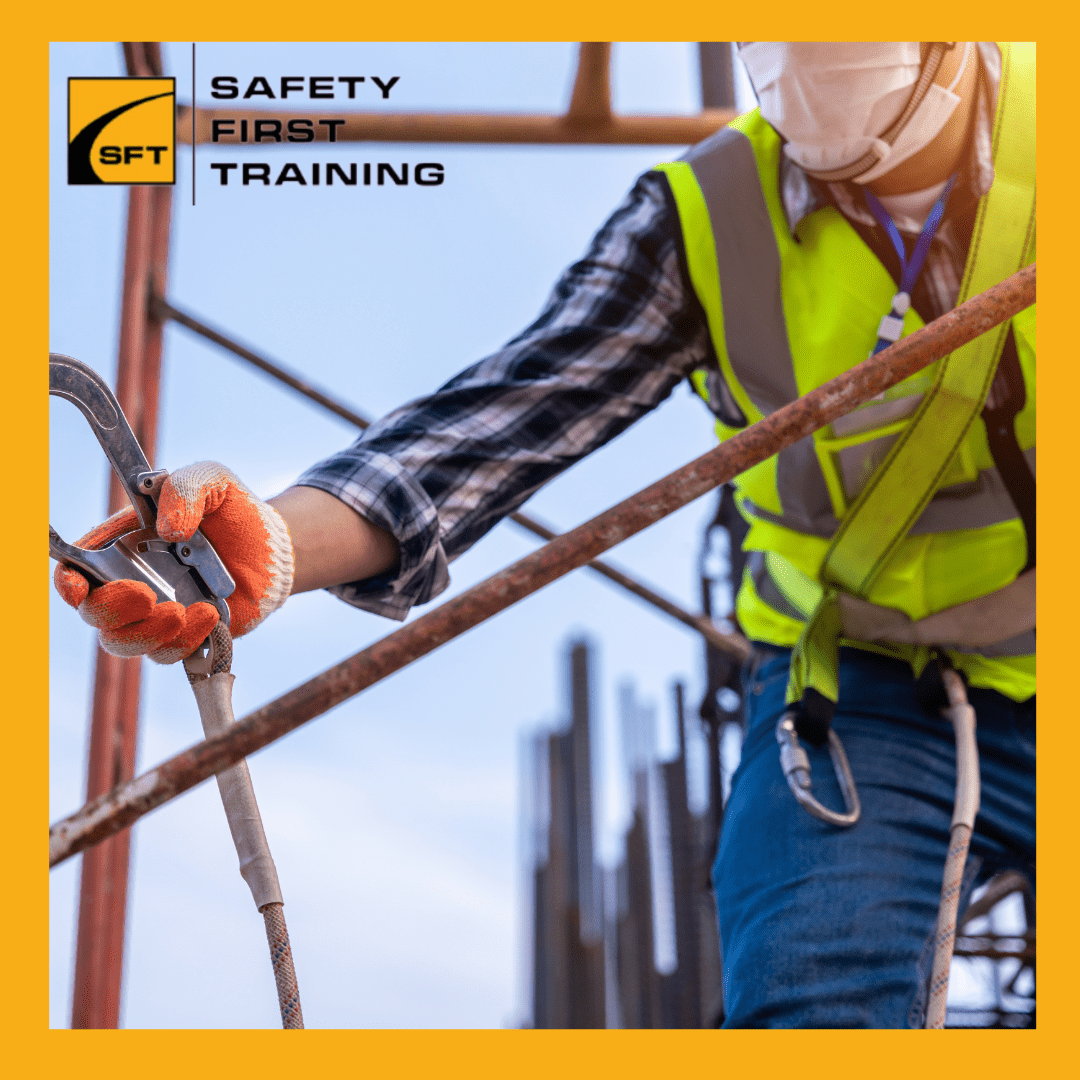
Read more
